Affiliate links on Android Authority may earn us a commission. Learn more.
Motorola doesn't stand a chance against Samsung without software updates
October 26, 2024
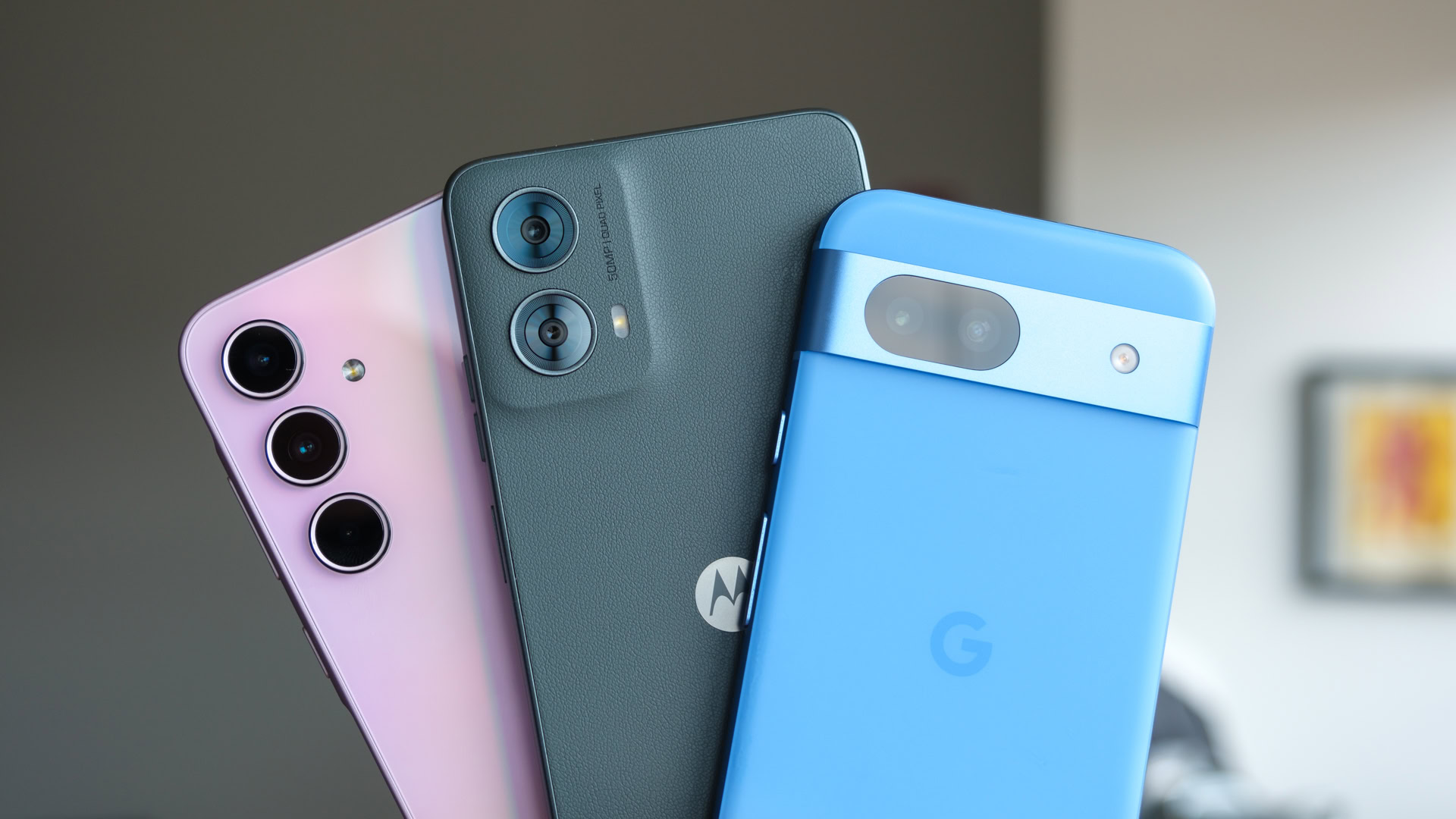
As a general rule, I like Motorola’s approach to Android. I like that its close relationship with Google is still visible in the current state of HelloUX. I’d grab its Razr Plus (2024) over Samsung’s Galaxy Z Flip 6 for several reasons, from the cover screen to the vibrant colors to the comfortably rounded frame.
Motorola has even shown more motivation to improve its wired charging, refine its camera setup, and boost its build quality to compete with Google and Samsung at all levels, from budget to flagship. However, one thing will keep Motorola trapped behind its closest rivals: A commitment to software updates that’s just not acceptable in 2024.
Hardware matters, but software creates value
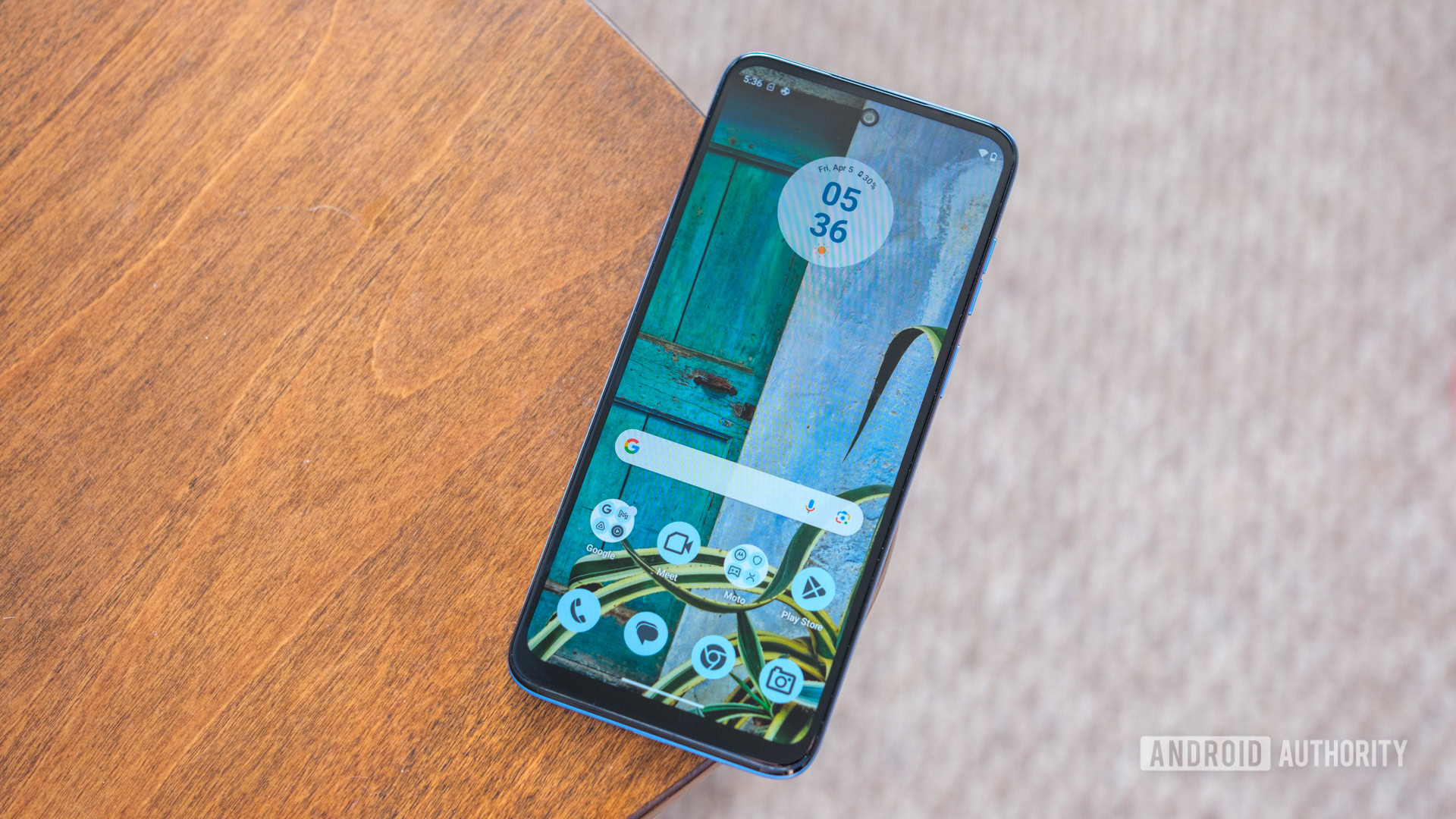
Perhaps the best way to explain my issue with Motorola (and how it relates to Samsung) is to run through a quick hypothetical. Let’s say that you have $200 and that you have to choose between two phones. Both have 50MP primary cameras, 6.5-inch displays, headphone jacks, and expandable storage, but one costs $150, while the other will require your entire $200. So far, there’s not much to set them apart, so why does one cost that much more? Eventually, you find your way down to the software section of the spec sheet, and suddenly, everything makes sense.
One phone — the cheaper phone — is only scheduled to get a single Android update, while the other is set up for four of them with a fifth year of security patches to boot. All else being as similar as it is, I will bet you choose the second phone every time. If that’s the case, then you just reached for Samsung’s entry-level Galaxy A15 5G over Motorola’s Moto G Play (2024), and you’d be right to do so. Honestly, there are a lot of other differences that set the two phones apart, but I don’t think any of them add as much value as long-term software support.
You should never, ever pay $150 for a single Android update. Ever.
When you’re somewhat limited by the hardware you can pack into a budget-friendly Android phone, the phone’s shelf life suddenly becomes incredibly valuable. With the Moto G Play (2024), you’re essentially spending $149 for a little over one year with the phone. Your entire budget gets funneled into a single software update, bringing the phone to Android 14 — a version of Android that came out months before the phone was even launched. At that point, you’re paying around $12.50 per month for that single update, and then your phone is pretty much done. Because the Moto G Play (2024) has already received Android 14 less than a year after launch, it’ll be looking to retirement before its second birthday.
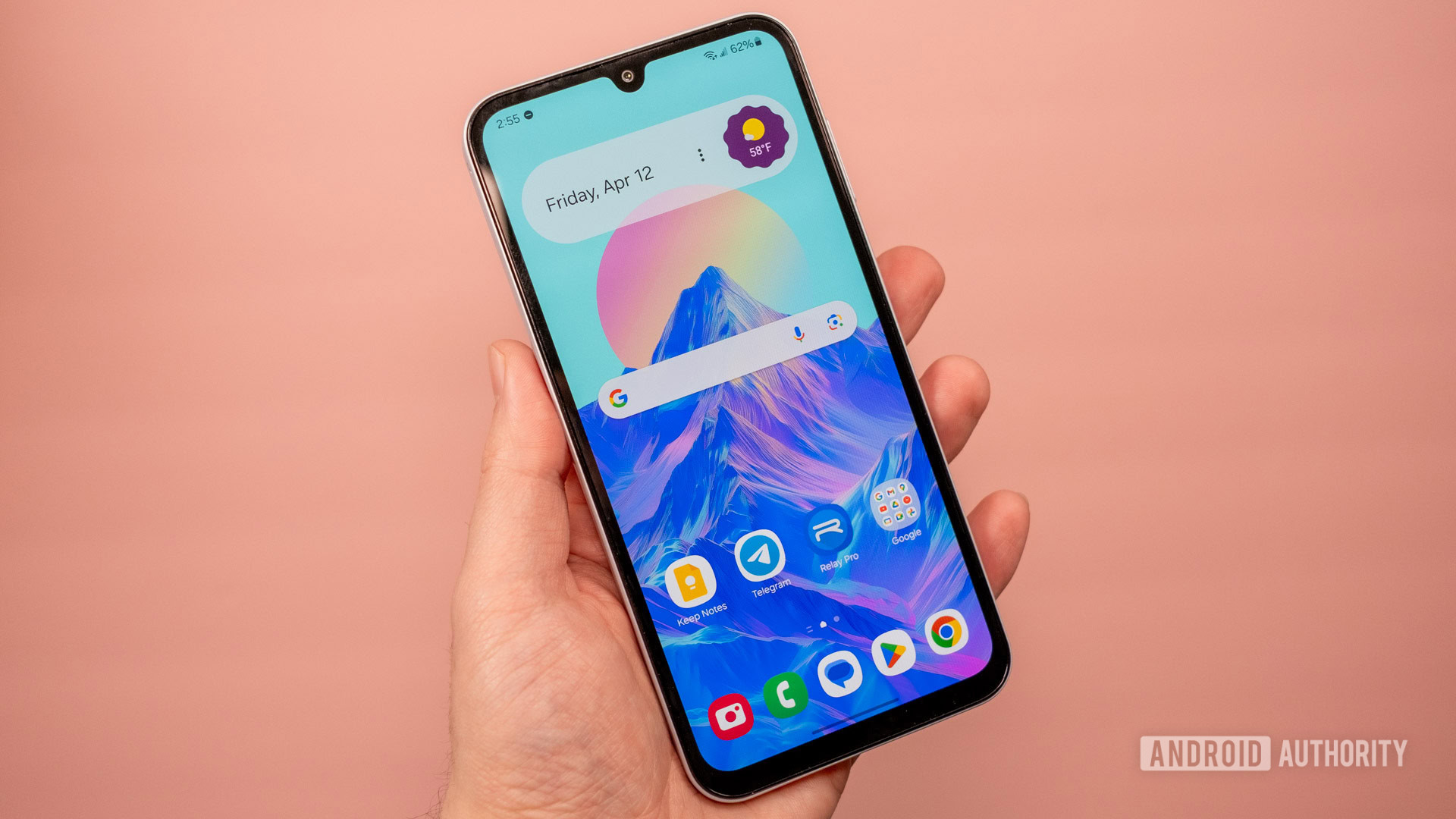
On the other hand, the Galaxy A15 5G asks you to pay $200 for at least four years with the phone. That works out to about $4.15 per month or $50 for each major Android update — better value no matter how you look at it. Mix in the fact that Samsung’s entry-level device started with Android 14 rather than Android 13, and it’s kind of like getting an extra year of support at no cost. And if that’s not enough, Samsung has also announced its Galaxy A16 5G, which improves upon the Galaxy A15 5G with six years of updates instead of four, making it even cheaper over the course of its life.
So, when someone asks me to recommend a cheap Android phone, I’ll always tell them to buy a Samsung phone. I’ll let them know that I like Motorola’s software better, I like its designs better, and I tend to like its image processing better, but I can’t recommend a phone with such a limited shelf life. If they have a bit more money, they could grab a Pixel A device, which should come with a similar software commitment and the best image processing (the Pixel 8a offers seven years of Android updates). On top of that, I’ll point out to them that even if you do get a Motorola phone with a decent update commitment (maybe three years of Android support if you’re lucky), you shouldn’t expect those updates to come in a hurry.
How many software updates should a phone be required to receive?
Faster updates are better updates, no question about it
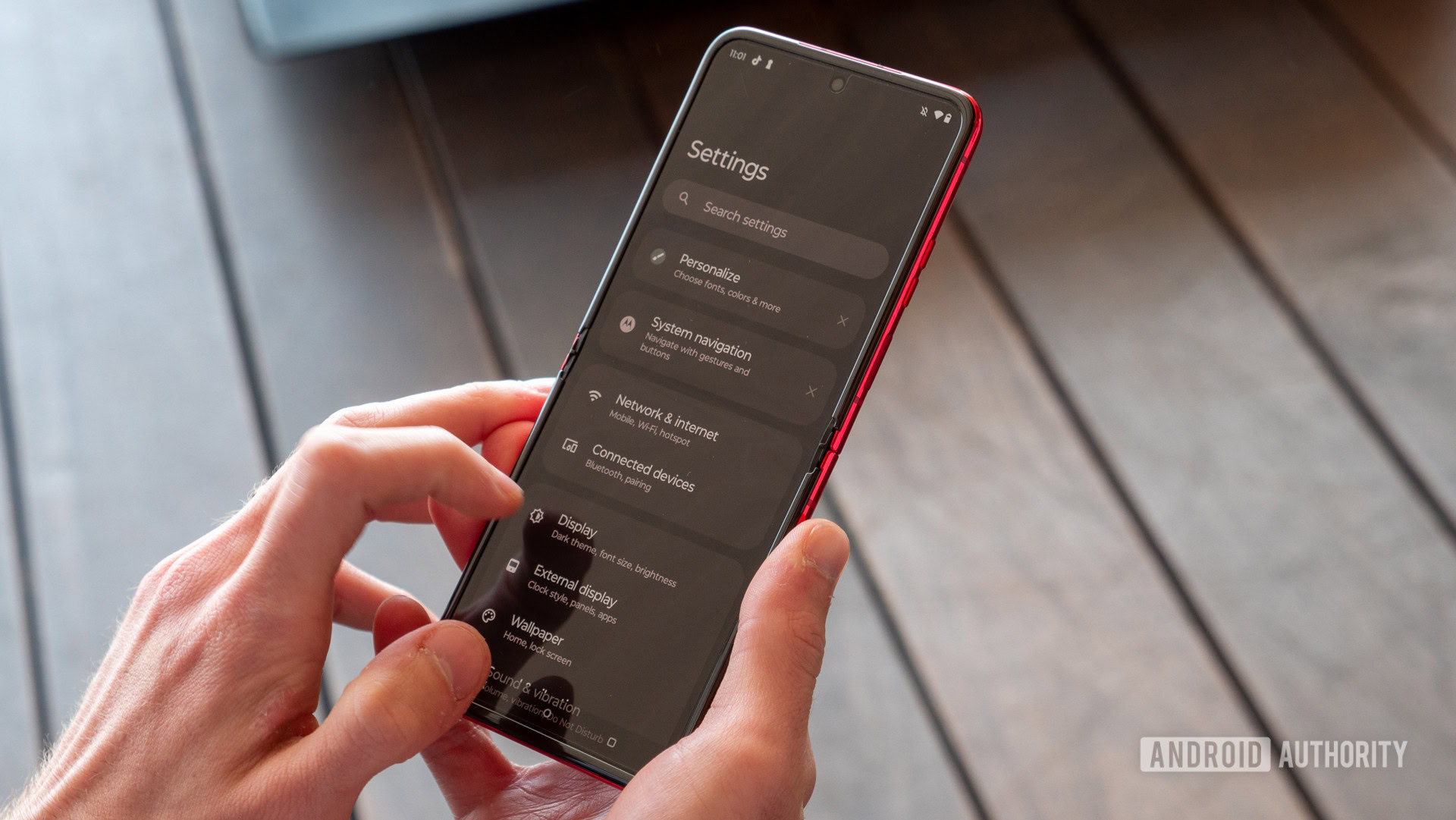
Although the Moto G Play (2024) was the phone to push my disappointment to its peak, it’s far from the first Motorola phone to leave me deflated by a lack of updates. Sure, it’s okay to expect a budget phone to take a backseat to a flagship when you’re waiting for a shiny new version of Android, but Motorola doesn’t seem like it’s in a rush with those, either. For example, the Motorola Razr Plus (2023) was my favorite flip phone of the year — and probably one of my favorite phones, period. I loved Motorola’s approach to the cover screen, I loved that the Razr Plus (2023) arrived without some of the bloatware that plagued the company’s budget phones, and I loved that the design felt fresh and fun when compared to the buttoned-up Galaxy Z Flip 5. At launch, it didn’t matter that the phone came with Android 13 because Android 14 wasn’t out yet.
Then, Android 14 arrived — at least, it arrived for Google and Samsung. Motorola’s closest rivals brought the latest version of Android to their flagship-grade devices before the end of 2023, while my beloved Razr Plus rang in the new year on the same software it launched with. Winter came and went, as did spring, and then, just as the early days of summer were beginning, my Razr Plus received Android 14. Unfortunately for the little flip phone that could, I had already moved on. Motorola had already announced its newest Razrs, the Razr (2024) and the Razr Plus (2024), and my SIM had found its new home in a phone that already had Android 14.
By the time Motorola launches its first Android upgrade, it's usually launched the next version of that same phone.
Now, I find myself playing that same waiting game, albeit with Android 15 this time. So far, I’ve received the update on my Google Pixel 9 Pro, and both the Galaxy Z Flip 6 and Razr Plus (2024) have been confirmed to receive it; I just don’t know when either update will arrive. If Motorola and Samsung follow the same schedule as they previously did, I’ll be running One UI 7 on my Galaxy Z Flip 6 by Christmas, and I’ll have the latest version of Hello UX on my Razr Plus just in time for the next one to come out.
Of course, the biggest problem with Motorola’s delayed approach to updates isn’t what it means for the first one but what it means for the rest of them. Before long, older phones are demoted to the same update schedule as budget phones — updates are coming, but you’ll get them when you get them. You may have spent $1,000 on your new flip phone a year ago, but you’ll have to wait until Motorola prepares the update for people who paid $1,000 on their flip phone this year instead. Waiting 11 months for Android 14 turns into waiting another 13 months for Android 15, which turns into waiting 15 months for Android 16, and then you’re done with updates altogether. Yes, you got updates over four years, but you could have slid an extra Android version into the same amount of time with faster updates.
Granted, Samsung does the same thing — to an extent. Its older flagships eventually take a backseat to the newer ones, letting the Galaxy AI features start at the top and trickle down. However, when your first significant update comes just a few months after the latest OS’ launch, it’s harder to be upset about a little bit of slippage over time. Maybe three months for Android 15 becomes four months for Android 16 and six months for Android 17, but that’s still quicker than the time it took Motorola to ready Android 14 for its best phone in years. As much as I prefer to use the Razr Plus, I have to recommend the phone that will keep you up to date until you’re ready to buy the new one, and I can’t do that with Motorola.
So, what can Motorola do?
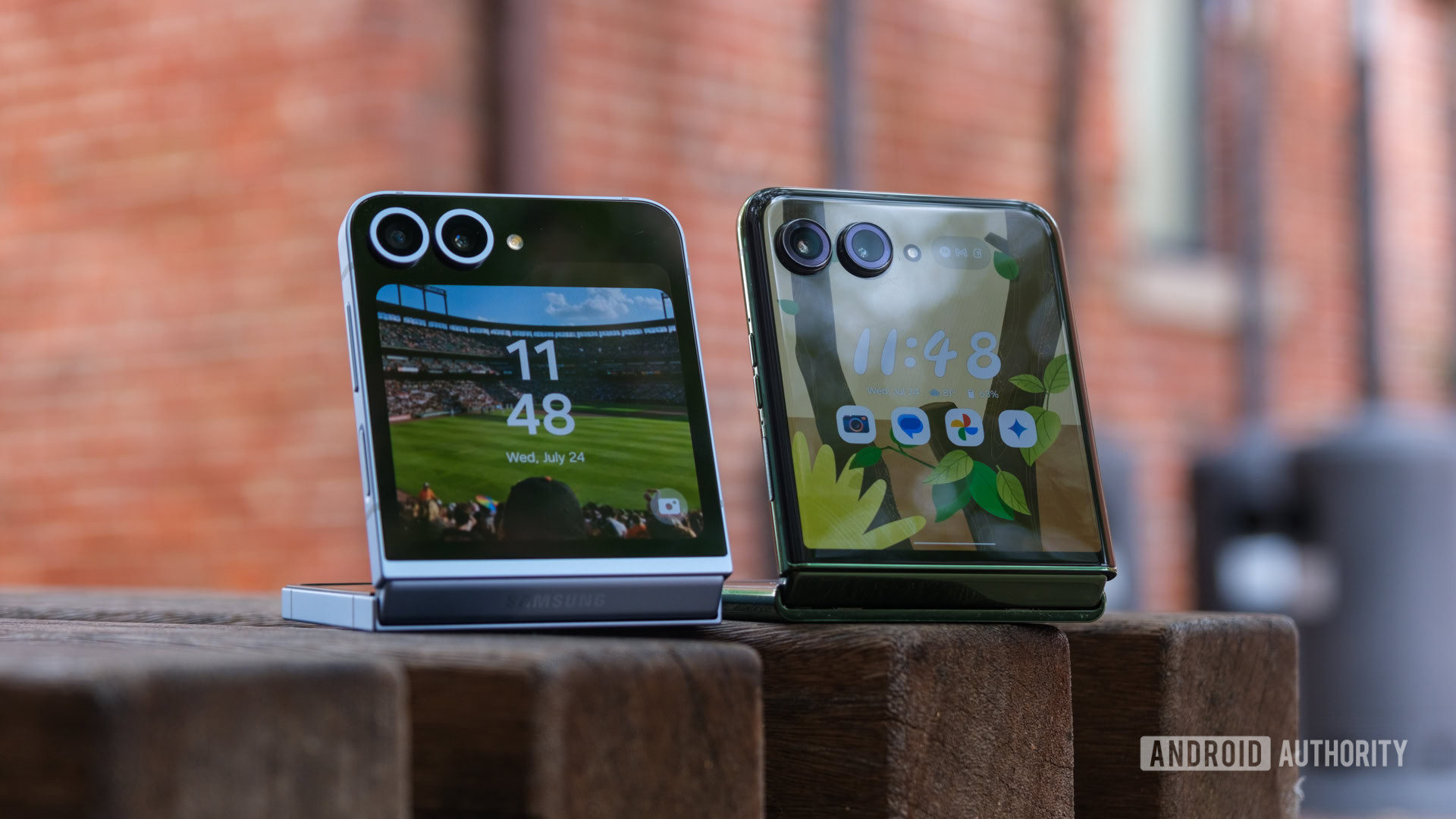
If Motorola can’t match Samsung regarding update longevity or frequency, it should be easy to fix the problem, right? Just add a few more updates and roll them out faster, job done. Well, the reality isn’t quite so simple — or, at least, there’s much more to consider than just updates. If Motorola were to double the amount of updates it promised for the Moto G Play (2024), it would only really add Android 15 to the schedule. It would be an improvement, but not a big one. Because the Moto G Play (2024) launched with Android 13, adding another update would take the phone from outdated before its first birthday to outdated slightly after it — not exactly adding much value for your money. Maybe you could keep your phone for a second year, but you’ll still be on the market before long.
Instead, Motorola (and probably a few other brands with just-okay update commitments) should reconsider how Android updates work. It shouldn’t see Android 14 as the endpoint for a phone that launched with Android 13, especially when it launched so long after that previous version was already available. Motorola either has to be willing to guarantee multiple years of faster updates across the board or skip an update here and there. If it had launched the Moto G Play (2024) with Android 13 and promised to bring Android 15 either by skipping Android 14 or simply not counting it as an update, I wouldn’t have minded. Sure, it would be out of date for a few months, but delivering Android 15 with any urgency would immediately add some more value to an otherwise very simple smartphone.
If Motorola stops viewing software updates as a limitation, it can finally start competing.
The other way Motorola could rethink its Android updates would be to stop putting a hard ceiling on them. Rather than saying that a phone will receive two major updates and three years of security support, it would be better to promise a minimum number and leave the door open for further support. Apple, for example, doesn’t limit how many iOS updates its latest iPhone will receive, updates just roll in year after year until they can’t anymore. There are, of course, optimizations that allow Apple to do that, like controlling the development of both the chipset and iOS, but Motorola could do something similar on a smaller scale. The Moto G Play’s Snapdragon 480 certainly won’t hang around for six years of updates — nor do you want a 4G-only phone in 2030 — but it could certainly manage more than one.
I don’t think this is too much to ask, either, even if it added a small extra cost to Motorola’s phones. Samsung launched quite a few Galaxy A devices with the promise of three Android updates and four years of security support, only to add to those counts later. Google has raised its update game from three years on the Pixel 6a to seven years on the Pixel 8a, even without flagship expectations. Motorola doesn’t have to go that far, but it has to do something before I recommend its phones over those of its closest rivals.
Thank you for being part of our community. Read our Comment Policy before posting.